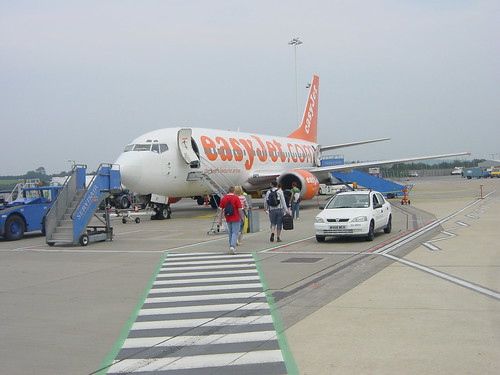
This leaflet in itself is, like Our City, just another waste of time and money which will help the Council meet it's targets for paper recycling, but if you can bear to read it, it warns that you should expect a visit from a cycling advisor in the next few days. And that's the default position. If you don't want to have a visit from a cycling advisor, thank you very much, then YOU had better phone the Council to beg them not to send one (although as a special concession to the modern age, you are cordially invited to exercise the option of cancelling your forthcoming visit by a cycling advisor online or by email).
So this is how the extra £11 million of Cycling City money will be spent? Unsolicited interference in people's private lives, cold-calling to 'encourage' people to cycle to help the Council meet another misguided and wildly ambitious target, that of doubling the number of cyclists in just a couple of years? It's one thing to offer' free' advice to those who actually request it (although I don't see why it should necessarily be 'free' to the consumer when it clearly is no such thing to the supplier), but to doorstep, to call uninvited at people's homes 'offering' this advice to all and sundry can hardly be ethical or cost effective.
In fact I find it difficult to think of anything more likely to further alienate the majority of people who choose not to cycle from considering the option. Can you see the masses taking up cycling because a woman/man from the Council said what a good idea it would be? Is it not more likely that they will resent the intrusion, resent the waste of (their tax) money and resent the poor judgement of the Council in expecting such doorstepping to work.
How much is this costing? Naturally we are told nothing of this. But the web site referred to on the leaflet is hosted by consultants steer davies gleave, the same consultants who thought that running BRT down the Railway Path was such a good idea (no sense of irony, these bureaucrats?). The likes of sdg don't come cheap, not because the poor chaps and chappesses trudging around Bristol's forgotten housing estates will be paid anything to shout about, but because the senior partners take such a fat cut to fuel their lavish, BMW driving, international jet setting lifestyles.
So I extend my apologies, and I suspect those of a good proportion of Bristol's cyclists, to all those of you who find the quiet enjoyment of your homes interrupted by a visit from a cycling advisor. Please remember, this is not done to benefit mere cyclists but to further the vital process of transferring taxpayers funds into the pockets of fat cat consultants.






















